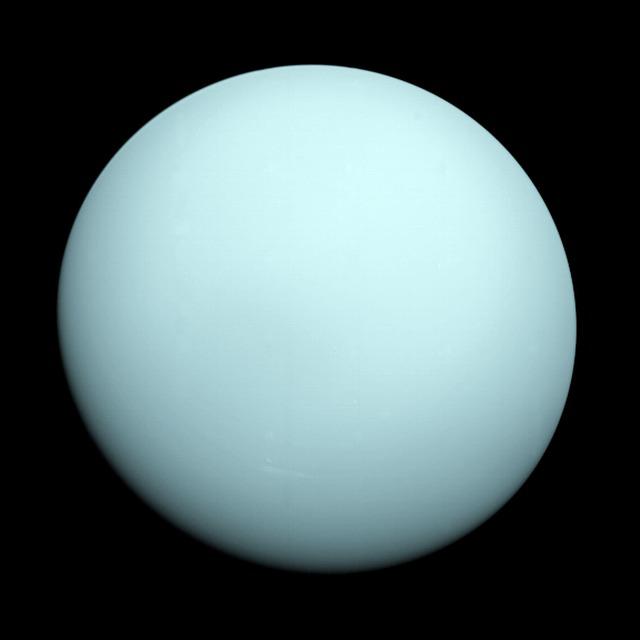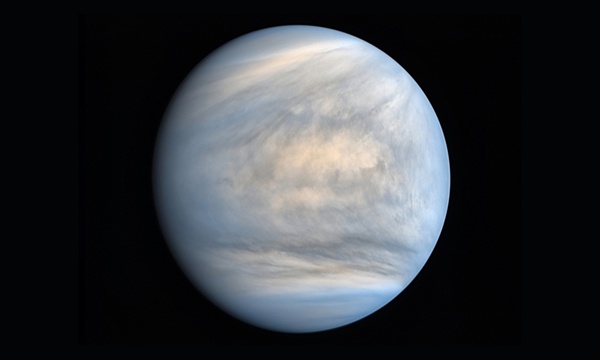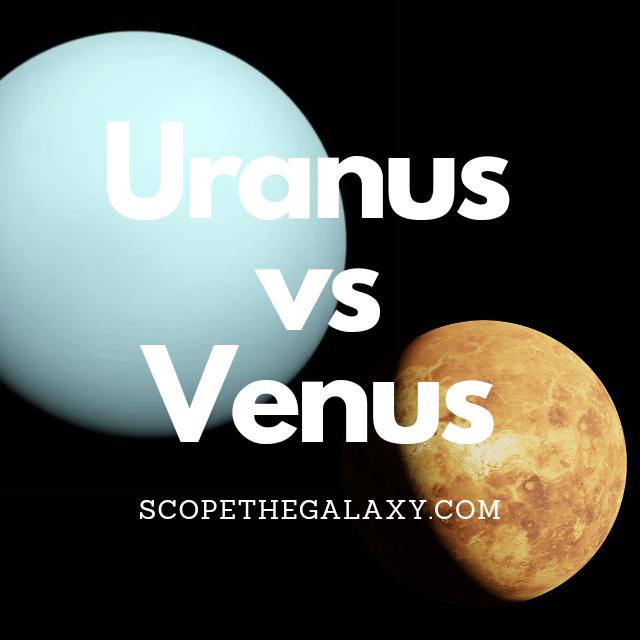*This post may contain affiliate links. This means we may make a commission if you purchase an item using one of our links*
The main differences between Uranus and Venus is that the former is an ice giant composed mostly of gases whereas Venus is a terrestrial planet made out of a rocky, volcanic surface and a gas based atmosphere, making it both the hottest and brightest planet in our solar system as a result. Uranus is also more than 5 times Venus’ diameter and the 7th farthest planet from the Sun whilst Venus is the 2nd closest planet to the Sun.
Although these may be some of the main differentiating factors between these two planets, it does not include everything. If you wish to learn more about the other differences between the Uranus and Venus, continue reading as it will be broken down more thoroughly throughout this post.
What Is The Planet Uranus?
Table of Contents

Uranus is the 7th farthest planet from the Sun and the 3rd largest planet in our solar system, coming in at a diameter of 50,724 km. This means that roughly 63 Earth’s could fit inside this ice giant.
In regards to why this cyan blue planet is referred to as an ice giant, it’s down to it’s composition. Uranus is made mostly of methane, ammonia and water with its atmosphere mostly consisting of hydrogen and helium, much like the Sun, and the other giant planets in our solar system.
Due to its distance from the Sun, it takes Uranus 84 years to complete one orbit our central star, whereas it’s axial rotation is much faster than even our Earth at 17 hours per rotation.
As a result of its distance from the Sun, ice based composition and faster rotation levels, Uranus is far from an ideal place to live in let alone have the potential to support life.
Its base temperature is generally a chilling -190 to -200 degrees Celsius and its rocky core, although hot, is still on the cooler side for a large planet sitting around the 5,000 degrees Celsius range.
The planet’s winds are also very fast often hitting 900 km/h, which is roughly twice that of Earth’s most powerful turbulent wind speeds.
In regards to the moons surrounding this cyan planet, we’ve discovered 27 small ones orbiting it. Furthermore, it has 13 rings surrounding it which also means Uranus has the most abundant collection of rings surrounding in our solar system, which is even more than Saturn.
One of the Uranus’ most unique features would include the manner in which it rotates around its axis. As opposed to the slightly angled rotation that the likes of Earth, Saturn and most other planets display, Uranus’ axis is positioned at a 98 degree angle.
What this means is this ice giant completes an axial rotation on its side as opposed to the relatively up straight positioning of most of the other planets in our solar system.
What Is The Planet Venus?

Venus is the 2nd closest planet to the Sun and is often regarded as Earth’s sister planet. It’s very close to our Earth in size where its diameter is 12,104km. This is just over 600km less wide than our home planet.
Unlike all the planets further outside the Sun’s orbit, Venus and even mercury have no moons orbiting it. The most probable reason for this is due to its closer proximity to it, which means that smaller objects orbit the Sun as opposed to Venus.
Venus is also the hottest planet in our solar system where its surface temperature is 475 degrees Celsius. This is due to a number of factors, like the thicker atmosphere, close proximity to Sun, the reasons for which have been explained in more detail here.
It’s core is hot too, similar to that of the ice giants and Earth, where it stands at 5,200 degrees Celsius.
As a result of this thicker atmosphere, Venus is also able to reflect a lot more of the light the Sun projects at it, making it both the hottest and brightness planet in our solar system. This is why for the longest time, and even till this day Venus is often referred to as the morning or evening star.
The thicker atmosphere is mostly compromised of carbon dioxide, and thick clouds of sulfuric acid. This does result sulfuric acid rain on the planets surface, which of course is very corrosive.
Being so close to the Sun also mean its orbital cycle is much shorter. It takes Venus 225 days to complete a full cycle, on the contrary a single day is actually longer than this where it takes around 243 days for a full rotation around its axis.
This is partially down to its distance from the Sun and the thick atmosphere surrounding this terrestrial planet. The axial tilt on Venus is also different from the other planets in our solar system where it is practically straight at 3 degrees.
All in all this is certainly one of the most interesting planets in our solar system and in many peoples eyes, could very well have supported life in the past based on how close its shape and size is to that of Earth.
How Are Uranus And Venus Similar?
Although the similarities aren’t vast between these two, they do still share the odd few. These would include the following;
- Both planets orbit the Sun in a circular pattern.
- Both have a hotter central core.
- Both are a spherical in shape.
Differences Between Uranus And Venus
In regards to the differences between Uranus and Venus, they include the below:
- Uranus has an axial tilt 98 degrees to right whilst Venus has an axial tilt of 3 degrees.
- Venus is far brighter than Uranus and is also the brightest planet in our solar system.
- Venus is hotter than Uranus with a temperature around 475 degrees Celsius which is compared to Uranus’ -190 to -200 degrees Celsius.
- Uranus has 27 moons whereas Venus has 0.
- Venus has no rings surrounding it whilst Uranus has 13.
- Uranus is an ice giant whilst Venus is a terrestrial planet.
- Uranus has a stronger magnetic filed and gravitational field than Venus.
- It takes Venus 225 days to complete an orbit around the Sun whereas Uranus takes 84 years to complete a single orbit.
- Venus is much smaller than Uranus with a diameter of 12,104km when compared to Uranus’ diameter of 50,724km.
- Uranus can complete a day/ full rotation around its axis in 17 hours whilst Venus takes much longer than even its orbital cycle at 243 days.
- Venus has wind speeds of 360 km/h whereas Uranus has winds that flow at around 900 km/h.
- Uranus is a cyan blue color whilst Venus is yellowy/white in color.
Summary
Both are within the same solar system and orbit the same star so this does link Venus and Uranus together however, as has been broken down in this article, the differences between the two are extremely vast. Whether it be their size, temperature, length of orbit around the Sun, their axial tilt and even the time it takes to complete a day.
All in all, Uranus is composed in a way that separates it entirely from Venus due to its ice giant status so comparing the two is honestly like comparing apples to oranges.

